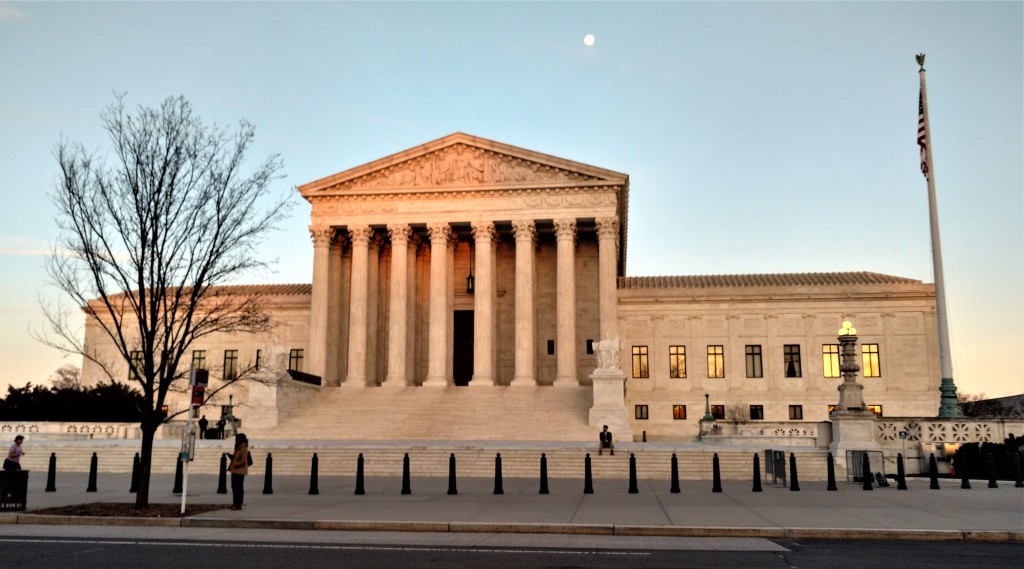Federal courts have limited jurisdiction, governed by Congress. A Notice of Removal from state court to federal court is not a mere notice – it is a pleading, governed by strict federal statute, that commences a federal action. If those statutory requirements are not followed in full, the federal court will remand your case to state court, if indeed it gets to federal court at all. The requirements are jurisdictional and cannot be waived.
Why remove to federal court?
Reasons are myriad: to escape a state court known for very high verdicts, or to seek a perceived better judiciary or jury pool, broader discovery rules, or nation-wide subpoena power, or good case management. Also, federal judges are more familiar with subjects covered by federal law, such as transportation law. (In some cases the state court venue may be preferable. That, too, must be considered.)
So, what are those rules for federal removal jurisdiction?
For cases removed on the basis of diversity of citizenship, the most common basis, the first requirement, as in all diversity cases, is that every plaintiff must be of diverse state citizenship from every defendant. But that is only the beginning. 46 U.S.C. 1441 and 1446 list these requirements:
- No defendant may be a citizen of the state in which the action is brought [even if the plaintiff is from a different state and there is otherwise complete diversity].
- As with all cases based on Diversity Jurisdiction, the amount in controversy must exceed $75,000 exclusive of interest and costs.
- The Notice of Removal must be signed and attested to by an attorney pursuant to Federal Rule 11.
- All co-defendants who have been properly joined and served must join in or consent to the removal.
- The notice of removal must be filed within thirty days of receipt of the initial pleading, by service or otherwise, unless the complaint does not provide sufficient information to allow a defendant to plead federal removal jurisdiction.
- If the initial pleading does not provide the necessary information for removal, the notice of removal may be filed within thirty days of receipt of that information.
- Caveat: A case must be removed not later than one year from commencement of the state-court proceeding, unless the federal district court finds that the plaintiff acted in bad faith in order to prevent a defendant from removing the action.
Each one of these requirements must be investigated by your attorney and specifically pleaded in the Notice of Removal. Again, the Notice must be signed and attested to by your attorney. We emphasize this: the requirements are jurisdictional and cannot be waived by any party or the federal district court.
What constitutes citizenship of the parties?
Generally, a person is a citizen of the State in which he or she resides. Issues can arise if the person has two residences in different states, or is in one state on temporary assignment, such as a member of the armed forces. Or a person who lives and works in one state but still considers her home as the place she was raised.
A corporation is a citizen of the State of its incorporation and the State where it maintains its principal place of business. A Delaware corporation having its principal place of business in Illinois is a citizen of both states for federal jurisdiction purposes. A limited liability company is a citizen of the state of its formation and the state of citizenship of each of its members. A partnership is treated similarly for federal jurisdiction purposes.
The determination of the citizenship of the various parties can require considerable time and effort on the part of your defense attorney. Helping your attorney to identify citizenship of your corporate entities is very important.
What constitutes the “amount in controversy” and how and when is it determined?
The simplest method is to look to the ad damnum clause in the complaint, if the state court rules permits such a clause in the initial pleading. New York and New Jersey do not, but they allow a defendant to demand a statement of the damages claimed. The response to that demand may be the first indication that the amount in controversy exceeds $75,000, thus meeting that element of the federal removal requirements and starting the thirty-day limit for removal. Federal courts in Manhattan and Brooklyn will not accept removal jurisdiction until it is made clear that all requirements are met, especially the amount in controversy. A discovery response may also be the trigger, by listing special damages such as medical expenses or lost earnings, again starting the removal clock.
Other possibilities exist. New York and New Jersey require a statement in the complaint that the amount sought exceeds the “jurisdictional limits of all lower courts” usually between $15,000 and $20,000 and thus not implicating federal jurisdiction. Be alert, though. Some attorneys will add a phrase like this: “and the jurisdictional minimum of the federal courts.” In our judgment, that phrase meets the amount in controversy requirement, and the thirty-day removal clock starts when that initial pleading is received by the defendant or its agent, by service or otherwise.
Some attorneys will send a pre-suit settlement demand letter to the defendant or its claims agent. If that demand exceeds $75,000, the amount in controversy has already been met and the thirty days begins to run on receipt of the complaint. If you do not provide defense counsel with a copy of that letter immediately upon assignment, the time for removal may be lost.
What can you do to help your defense attorney?
Send the lawsuit papers as soon as possible. The time to answer in state court is already running. If federal removal is your goal, your attorney will evaluate the factors and advise you. Send your attorney your complete file – including claim notes. Valuable information resides there. Finally, be prepared to help your attorney determine the citizenship of the defendants to be represented.






